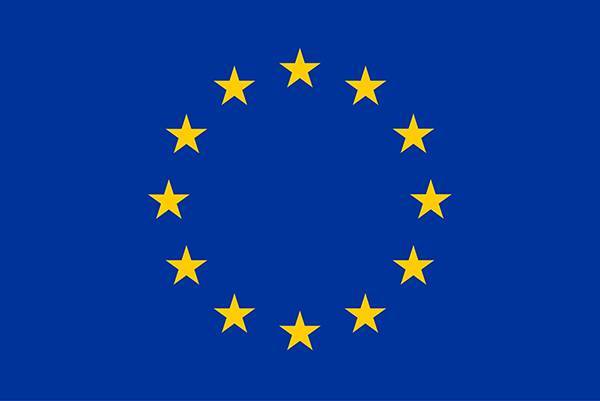The livestock industry is the single biggest driver of methane emissions globally. It emits more methane per year than both the oil & gas industry and the coal industry.4
Methane is a potent greenhouse gas and air pollutant4 and has a much greater global warming effect than carbon dioxide. Over a 20-year period, methane traps 84 times more heat than carbon dioxide.5
Ingar Anderson, Executive Director of the United Nations Environment Programme
1 – “Moving Towards Sustainability: The Livestock Sector and the World Bank”. The World Bank. Accessed July 2023.
https://www.worldbank.org/en/topic/agriculture/brief/moving-towards-sustainability-the-livestock-sector-and-the-world-bank
2 – “Meat, eggs and milk essential source of nutrients especially for most vulnerable groups, new FAO report says”. Food and Agriculture Organization of the United Nations. 2023. Accessed July 2023.
https://www.fao.org/newsroom/detail/meat-eggs-and-milk-essential-source-of-nutrients-new-fao-report-says-250423/en
3 – “Global meat consumption, World, 1961 to 2050”. Food and Agriculture Organization of the United Nations. Accessed July 2023.
https://ourworldindata.org/grapher/global-meat-projections-to-2050
4 -“Global Methane Assessment (Full Report)”. Ccacoalition. 2021. Accessed July 2023.
https://www.ccacoalition.org/resources/global-methane-assessment-full-report
5 – “Methane Emissions”. European Commission Energy. Accessed July 2023.
https://energy.ec.europa.eu/topics/oil-gas-and-coal/methane-emissions_en
ZELP LTD
London N7 6LR, UK
contact@zelp.co

This project has received funding from the European Union’s Horizon 2020 research and innovating programme under grant agreement No. 877091.